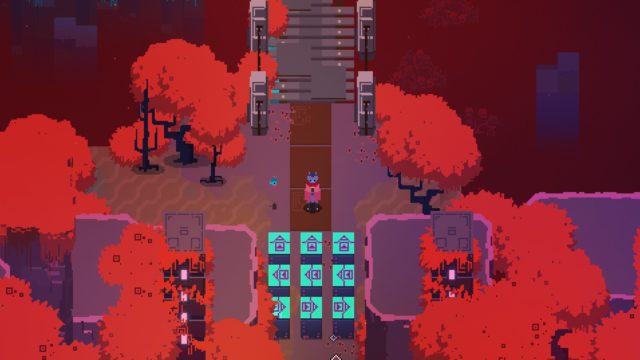


That’s especially true of the start when little is explained and you’re simply left to head in a direction of your choice and figure things out along the way. It lends the game an eerie, unsettling atmosphere, though it is at times a little too obtuse for its own good. The mood is only exacerbated by the ambiguous narrative and minimal storytelling, with frequent use of still images and montage, the hero and characters silent beyond the sweeping score. This isn’t a plucky hero on a fun quest to save the princess it’s a dread-filled tale of suffering, of striving against the odds, of a brave hero in a world of weirdness. Not only does its music and stunning pixel art create a sense of creeping anxiety to match the mysterious disease its hero gradually suffers from, it also mirrors the lonely solitude of adventure. Its use is far more symphonic: one moment it’s contemplative and subtle, the next it morphs with rhythmic urgency during battles, then it soars majestically as the camera swoops away from its hero to show some great robotic titan in the distance, the sad image of an ancient future now lost and decaying.Īnd that’s what Hyper Light Drifter does best: mood. That music isn’t just for ambiance, though. It may have a top-down perspective and a hero tasked with exploring dungeons and killing mighty boss enemies, but this bleak, alien fantasy is a more surreal take on the formula that fits neatly in the palm of your hand on Nintendo’s Switch. As much as Heart Machine’s game is indebted to Nintendo’s Zelda series, it’s in a world all of its own that’s as intimate and introspective as it is sprawling and horrifying. What was haunting yet familiar suddenly becomes expansive and utterly terrifying.Īnd that pretty much sums up Hyper Light Drifter. They chime and whir, they bleep and bloop, they pulse like a heartbeat and yawn in great sweeping waves of distorted off-kilter electronica. There’s something Breath Of The Wild-esque to Disasterpeace’s mournful, minimalist piano score for Hyper Light Drifter.


 0 kommentar(er)
0 kommentar(er)
